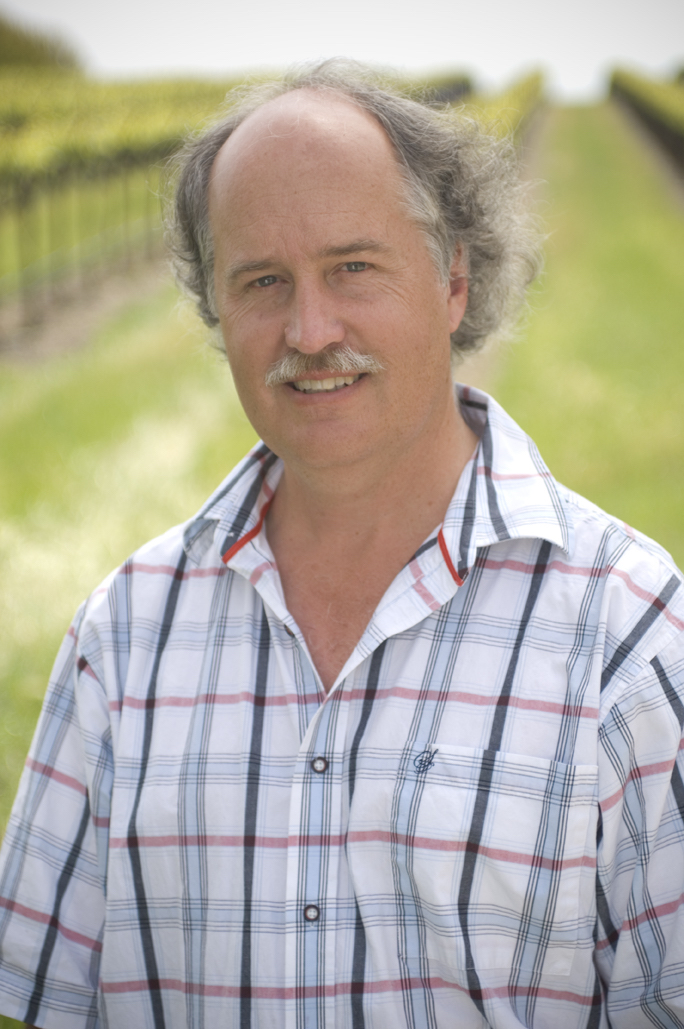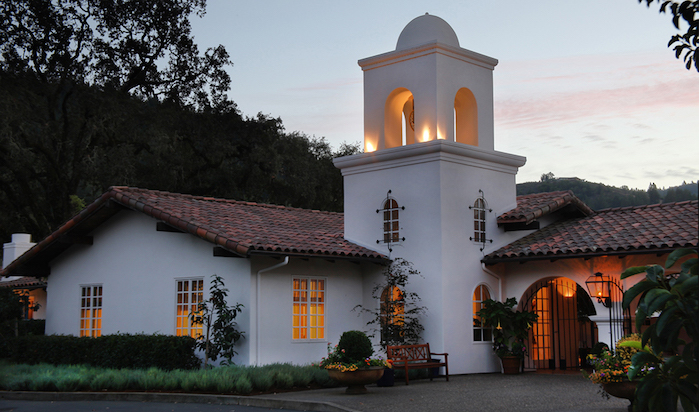I recently sat down with winemaker Bryan Davison, who took over the helm of winemaking in 2011 at the iconic Michel-Schlumberger Winery in Sonoma’s Dry Creek Valley. Bryan is highly regarded in the industry and is making delicious wines.
Jonathan Newman: Tell me about Michel-Schlumberger and your responsibilities.
Bryan Davison: The Winery was founded in 1985, was Swiss-owned and is still a family-owned winery in the Dry Creek Valley. I took over as Director of Winemaking in 2011 and my responsibilities include taking care of the 80-acre vineyard and the fermentation and blending process. I am also the winemaker at Roblar Winery in the Santa Ynez Valley and source grapes in Napa Valley.
JN: What has been unique about the vintages since you have been at the winery?
BD: In Sonoma’s Dry Creek Valley, 2011 was a very difficult vintage with the rain. That was the low in terms of quality. 2012 was much better but not as good as the ‘13 and ‘14 vintages. 2014 was the best vintage in recent years with its balanced favors, depth and complexity. 2015 was a good, tiny harvest. 2016 was a small harvest but has a lot of potential as it’s very dense. We checked our 2017s very carefully and there does not appear to be any smoke taint issues from the res. The smoke mainly stayed away from our vineyard. But it took weeks after fermentation and lab studies to confirm that everything was indeed fine. The quality appears to be solid.

JN: What makes Sonoma’s Dry Creek Valley unique?
BD: The soil is volcanic, red and well drained. The temperatures make for concentration of flavors and ripening, but it’s not too hot. It’s important to make a style of wine that is representative of that terroir.
JN: How has winemaking changed over the last decade?
BD: There is loads of information today. Scientifically, there is so much more precision. There is still quite a diversity in the style of winemakers, but you have so many more tools to work with.
JN: How did you get involved in the wine industry and what was your career path?
BD: I grew up in the Russian River Valley and pursued a career in agriculture and the winemaking industry. I received a degree in Chemistry at UC Santa Barbara. I went to work at Chateau St. Jean sparkling after college and stayed there as senior wine-maker until 2003. I became Director of Winemaking at Martin Ray, which also includes the Pinot Noir program for Angeline. I was a consultant for a few years at Pellegrini and other wineries until my present position at Michel-Schlumberger.
JN: What are your responsibilities during the year leading up to harvest?
BD: Leading up to harvest it’s very busy with pruning and checking the canopy of the grapes. We drop green fruit and thin our clusters appropriately. It’s also busy in the cellar blending and barreling 40 to 50 wines of previous vintages and blending the varietals. During harvest, it’s important to personally taste grapes in all the vineyards and make sure the flavors are just right. You have to stay on top of the sugars to see how much is fermented. Making sure the temperature is just right and smelling how the flavors are developing is crucial. And the winter is really not quiet. The focus turns to Rose and Pinot Blanc that are fresh and ready to go early, but still need blending.
As chairman of the former Pennsylvania Liquor Control Board, Jonathan Newman was the nation’s largest wine buyer and brought a number of popular innovations to bear, including the Chairman’s Selection program and opening of local stores for Sunday sales. Follow him on Twitter at @NewmanWine and visit his website: newmanwine.com.




